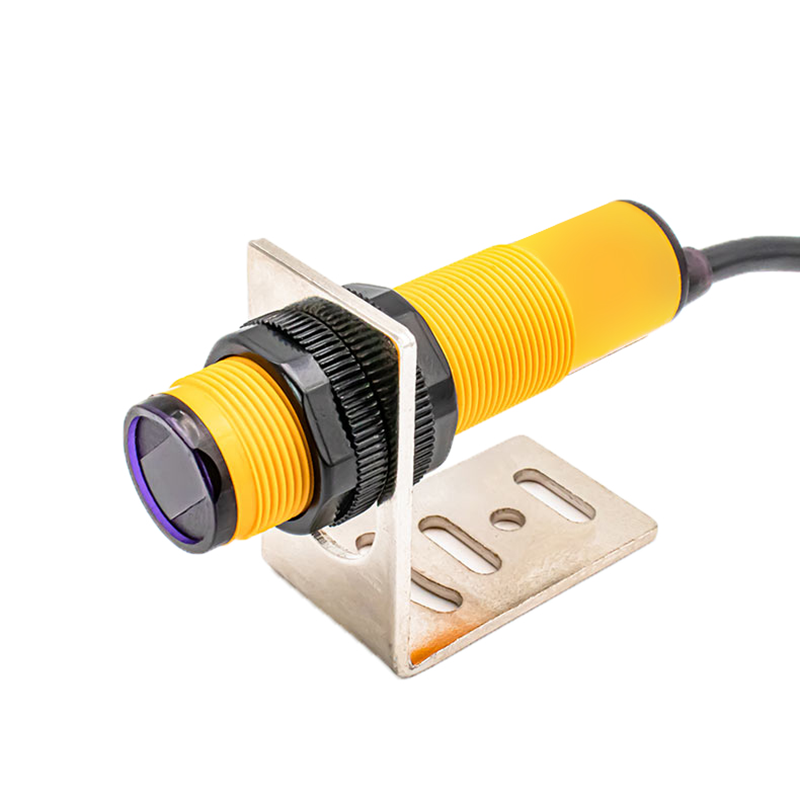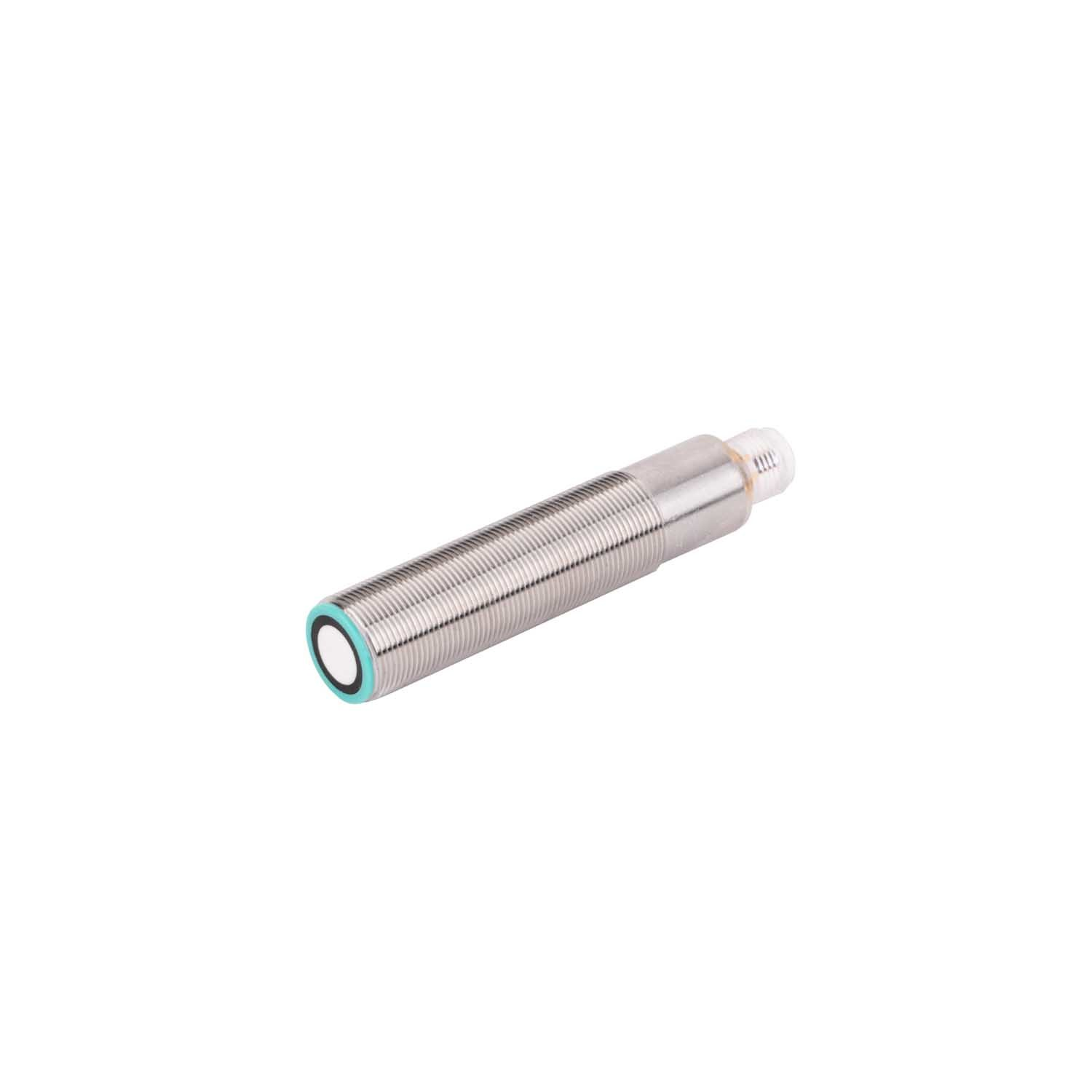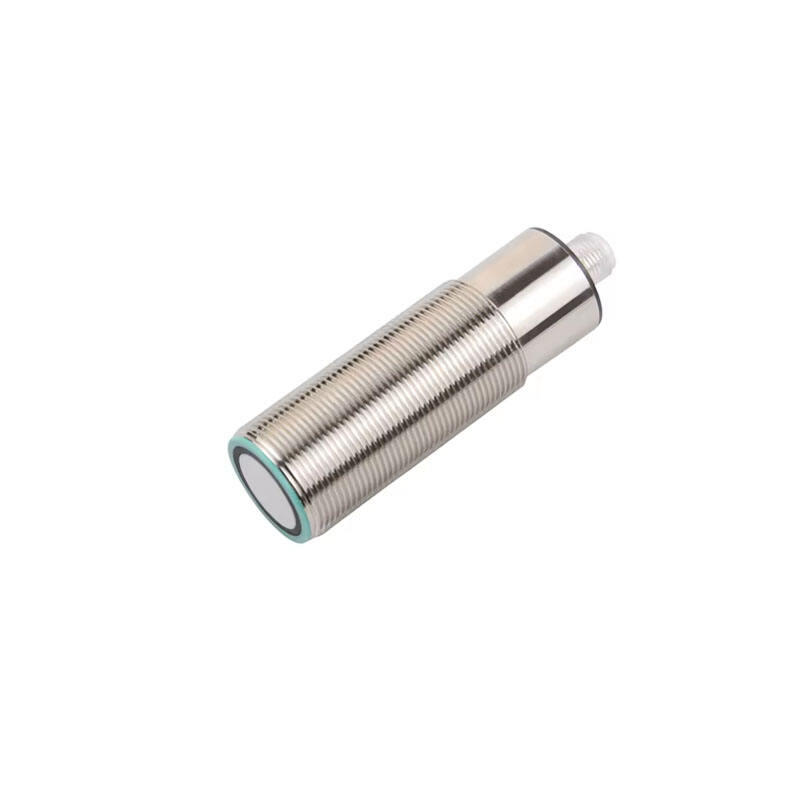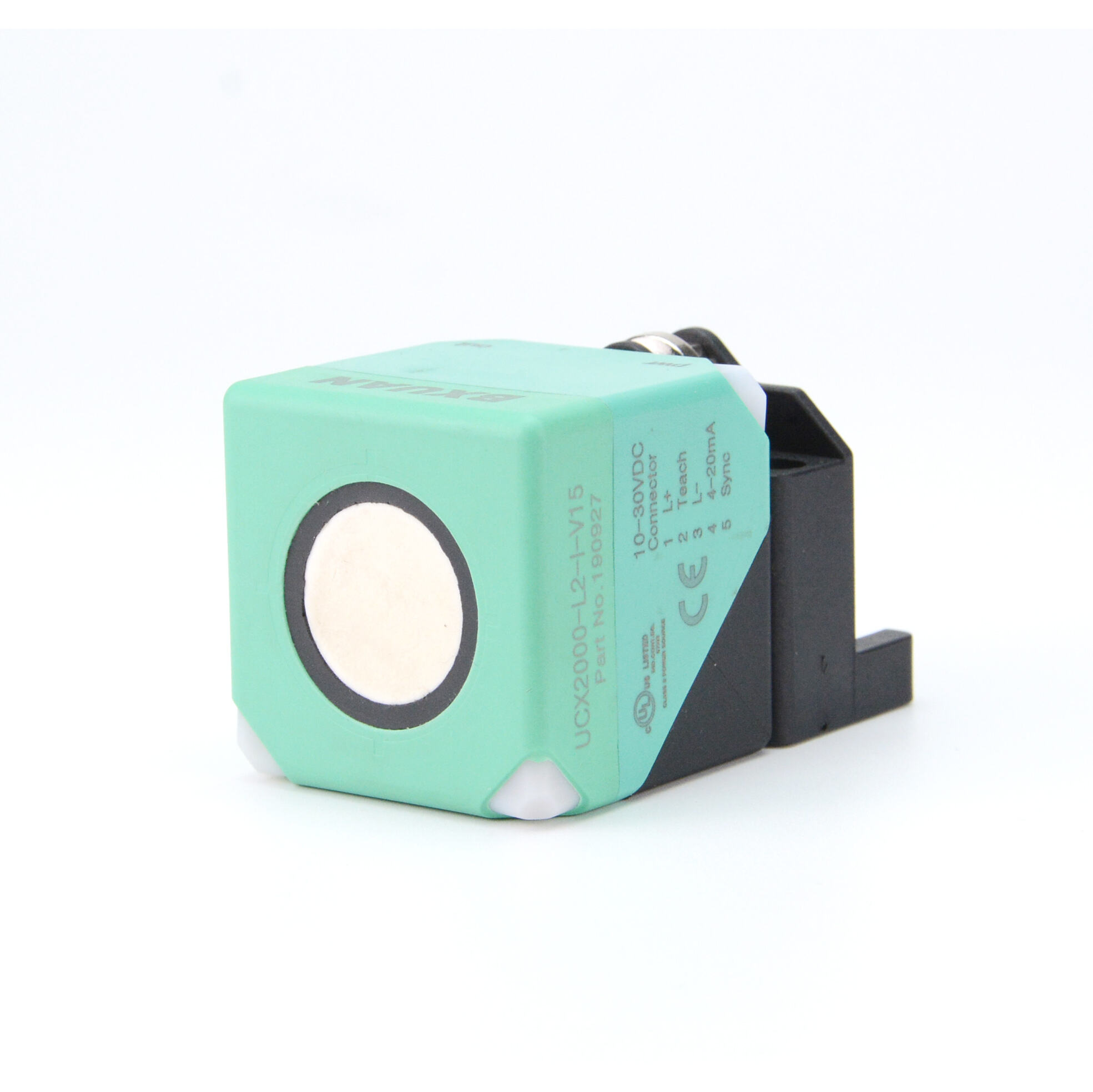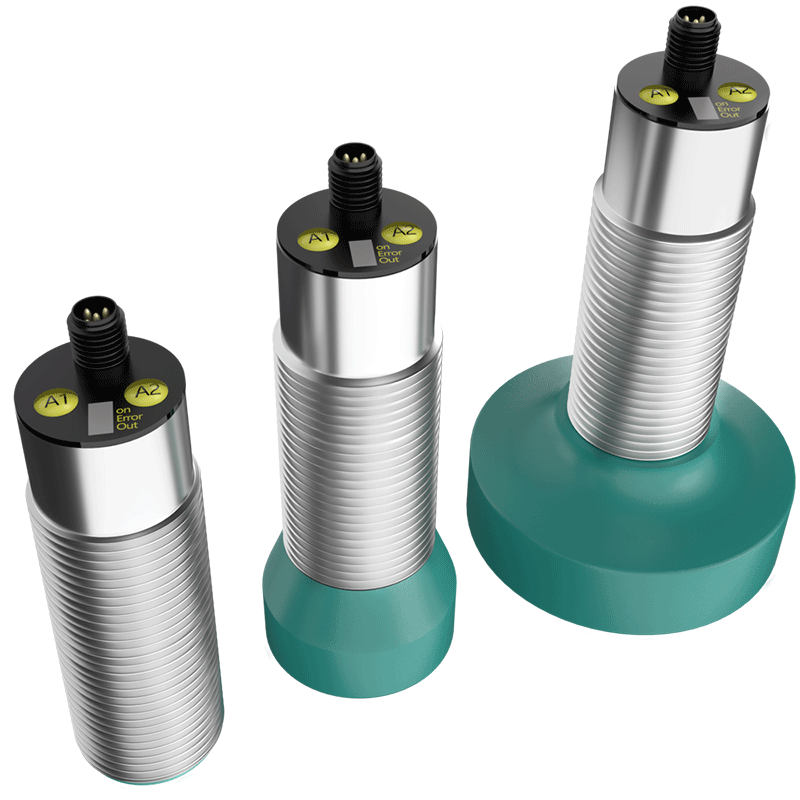cena foto senzora
Цене фотосензора се значајно разликују у зависности од њихових спецификација, технологије и примене. Ови основни електронски компоненти, чије цене крећу од 5 долара за основне моделе до 500 долара за напредне индустријске верзије, нуде разноврсну функционалност у детектовању и мерењу светлости. Фотосензори почетног нивоа, погодни за хобистичке пројекте и једноставну аутоматизацију, обично коштају између 5 и 30 долара, док сензори средњег опсега који се користе у комерцијалним применама имају цену од 30 до 150 долара. Професионални фотосензори, опремљени побољшаном прецизношћу и додатним карактеристикама попут дигиталних излаза и компензације температуре, углавном спадају у ценовни опсег од 150 до 500 долара. Спектар цена одражава разне факторе укључујући нивое осетљивости, време одзива, радни опсег температуре и могућности интеграције. Индустријски сензори често имају више цене због свог чврстог извођења, поузданости и напредних карактеристика попут самокалибрације и вишеструких режима детектовања. На тржишту су доступни и специјализовани фотосензори са специфичним могућностима детектовања таласних дужина, који могу бити знатно скупљи због своје нишне примене у научним истраживањима и медицинској опреми. Приликом разматрања цена фотосензора, важно је узети у обзир и додатне трошкове као што су прикључци за инсталацију, заштитни кућићи и компатибилни системи управљања.

